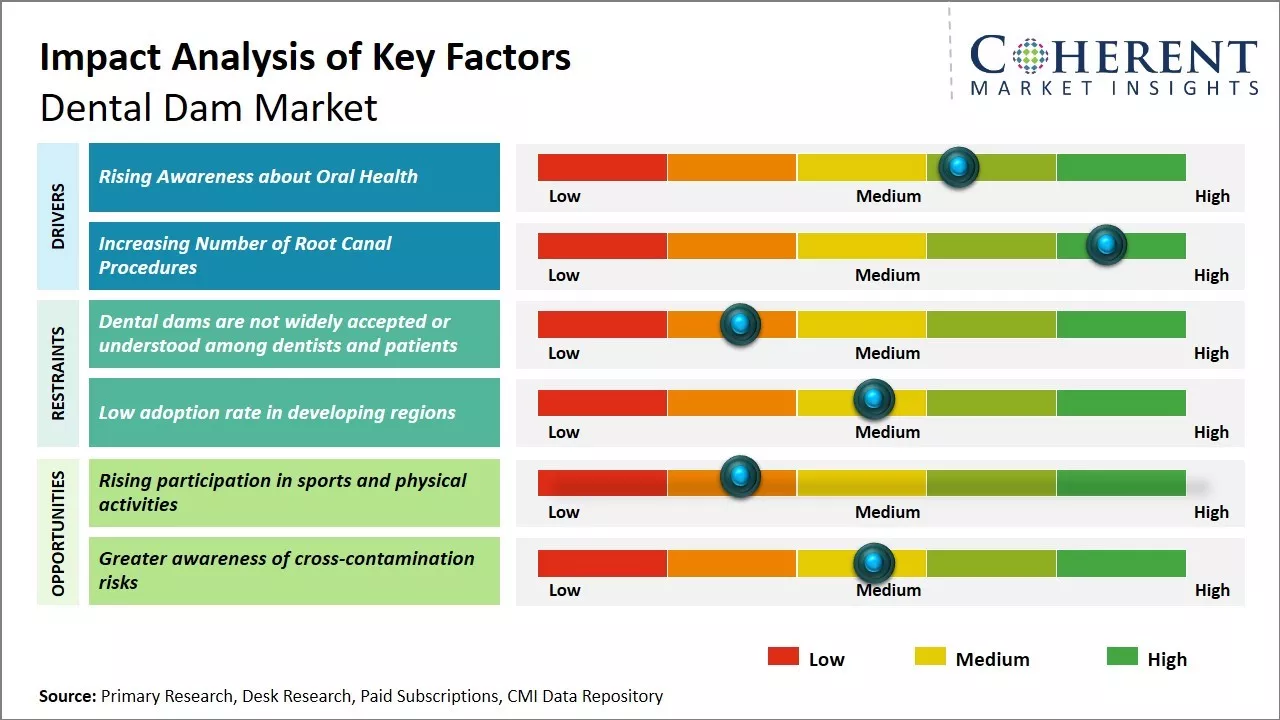The dental dam market is estimated to be valued at USD 161.5 Mn in 2025 and is expected to reach USD 271.6 Mn by 2032, growing at a compound annual growth rate (CAGR) of 7.7% from 2025 to 2032.

To learn more about this report, Request sample copy
The market is expected to witness positive growth over the forecast period. Rising awareness regarding oral hygiene and increasing the prevalence of dental diseases are some key factors driving the growth of the dental dam market. Additionally, advancement in dental materials used for manufacturing dental dams along with the growing demand for minimally invasive procedures are further expected to support the revenue generation in the dental dam market. Wide acceptance of dental procedures and growing number of dental surgeries will also contribute to the market growth. However, the availability of alternative products for isolation may impede the market expansion to some extent over the coming years.
Rising Awareness about Oral Health
With growing awareness about the importance of oral hygiene and regular dental check-ups, the demand for products that ensure good oral health is increasing. Dental dams are gaining popularity as they provide an effective barrier during various dental procedures and treatments to prevent cross-contamination. They help block fluids, bacteria, and dental instruments from entering the mouth and affecting other areas. This is crucial for procedures like root canal where the tooth cavity is exposed. Dental professionals are educating people about the various steps needed to maintain oral health. They emphasize the need for isolating one part of the mouth from others during treatments to avoid infection. As people pay more attention to dental health, the importance of using dams is rising. Various oral health campaigns by dental associations and governments have brought these single-use barriers into mainstream focus.
Joining thousands of companies around the world committed to making the Excellent Business Solutions.
View All Our Clients